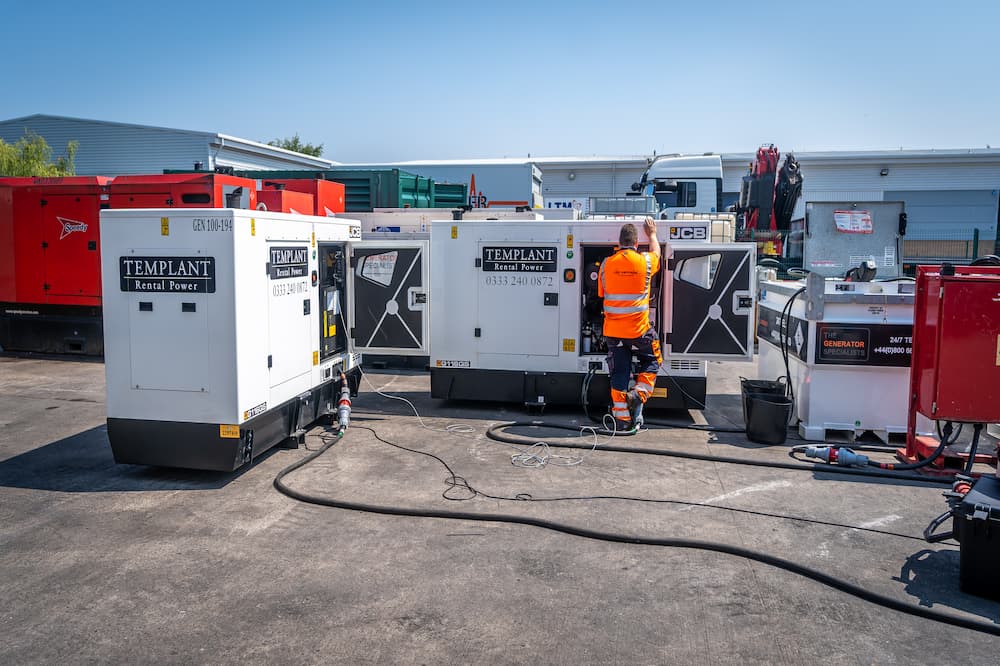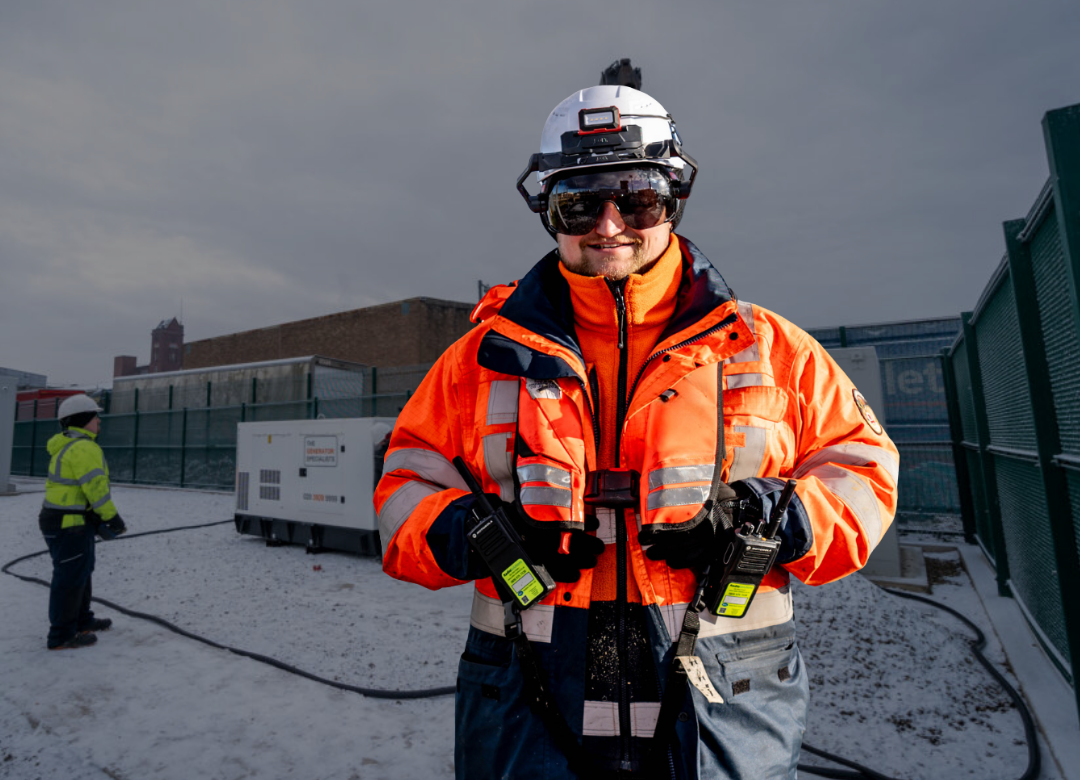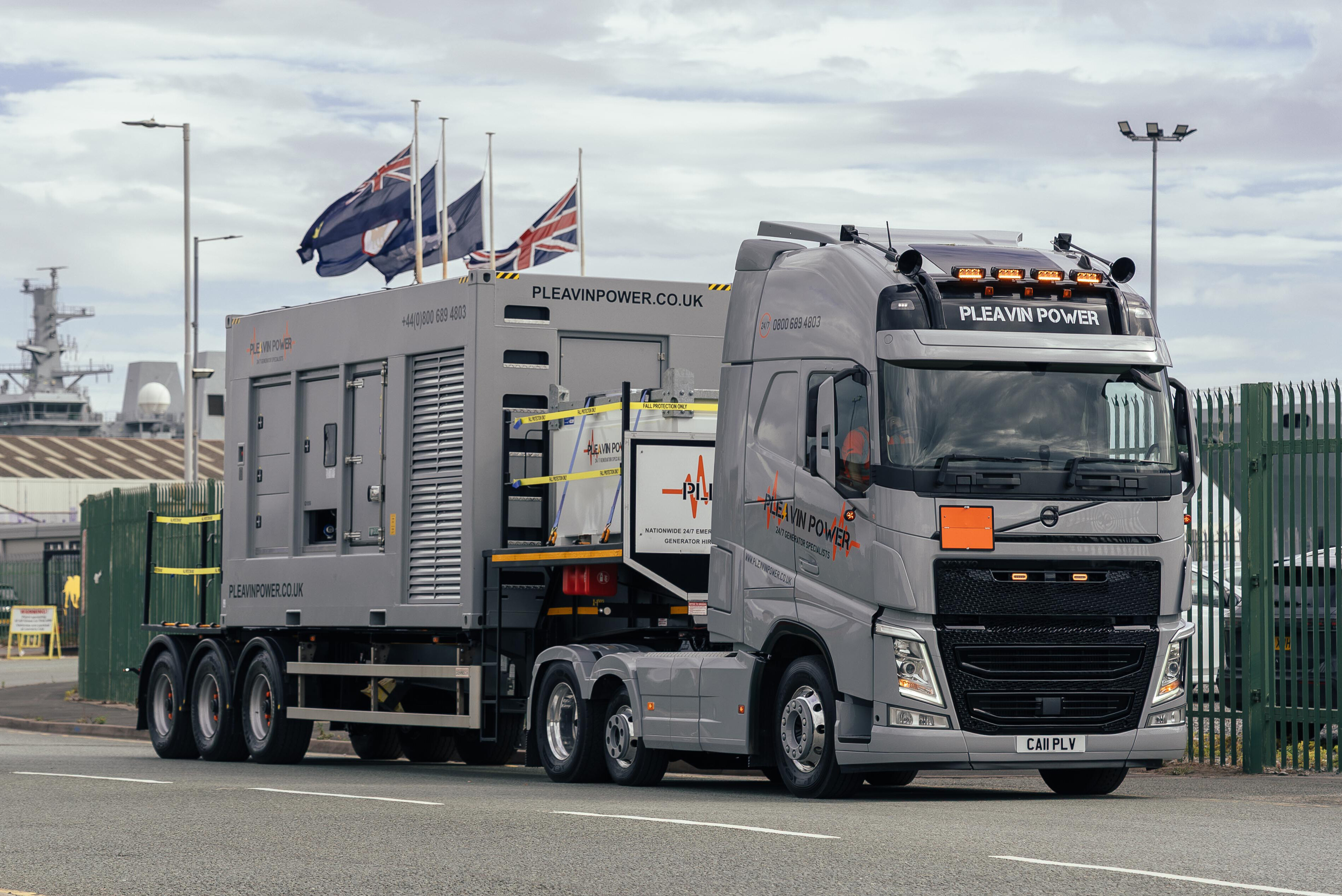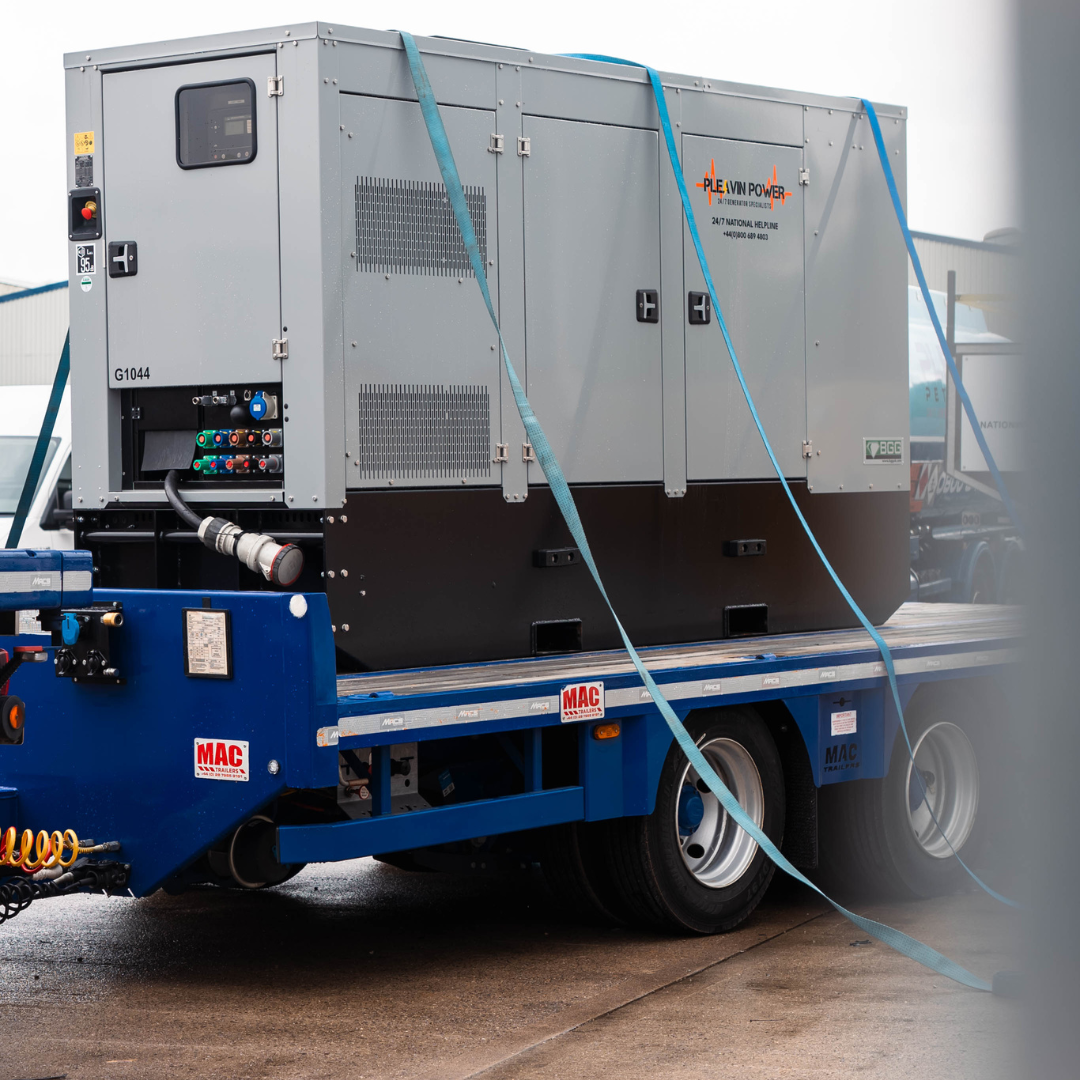Relocating a generator requires careful planning, regardless of whether it’s just a temporary move or a permanent shift to a new location.
Your generator is a valuable business asset, providing essential primary or back-up power to keep critical operations running smoothly.
With this in mind, relocation must be handled with extreme care to avoid damage, which could in turn lead to downtime or even potential safety issues.
What Needs Planning Before You Start Moving a Generator?
Moving a generator involves more than simply disconnecting it and loading it onto a suitably sized vehicle.
There are a number of site-specific logistics to consider, such as ease of access, safe drainage of fuel and compliance with environmental and safety standards.
Planning for Site Access and Transport
Before you do anything, it’s crucial to conduct a thorough assessment of both the current and new locations for your generator.
Key things to consider include:
- Access routes for vehicles, especially if you’re dealing with particularly large or heavy generator units.
- Whether the generator is in an area that requires lifting equipment, and that you have the necessary machinery available. It needs to be tested, in good working order and capable of handling the generator’s size and weight.
- How you’ll secure the generator in transit, to avoid damage and ensure it can be moved safely.
Rather than dealing with the relocation yourself, it may be best to bring in a professional third party company which specialises in generator relocation. You don’t want to take chances with such a valuable asset, especially as improper loading can lead to serious mechanical issues later on.
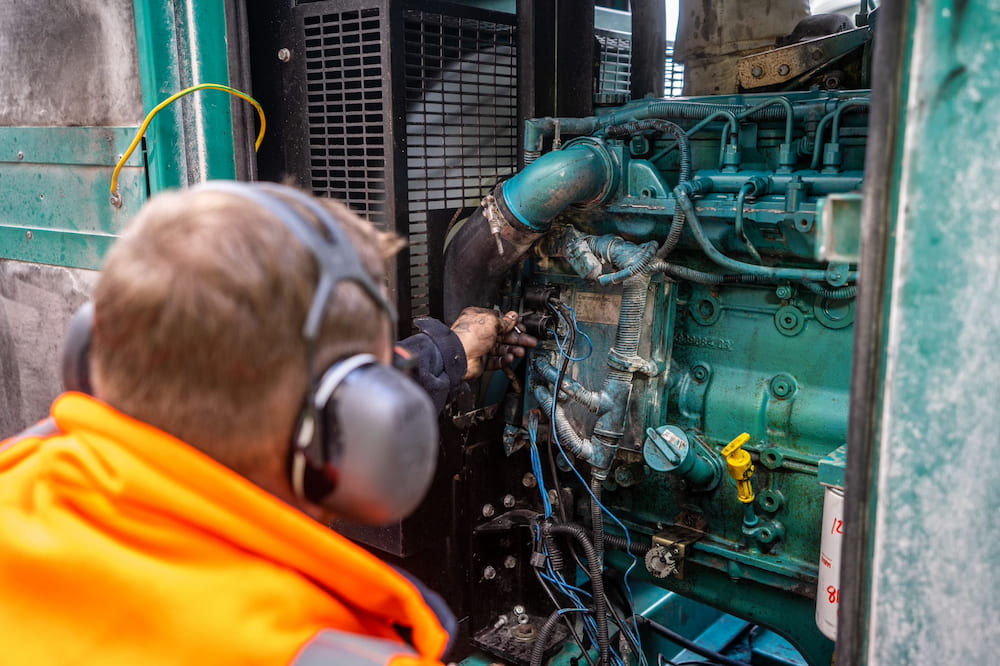
Safe Removal and Fuel Drainage
If your generator has been used, it’s likely that it will contain fuel, oil and/or coolant. This must be dealt with appropriately before the equipment can be moved.
This means draining the fuel tanks and any associated lines, to avoid spills or leaks during transport. Not only is this a safety precaution, but it also helps to prevent environmental contamination on site. This can be costly in terms of both clean up and potential penalties so it needs to be avoided at all costs.
It’s also important to disconnect the generator from the power supply properly. Ensure all electrical connections are isolated and clearly labelled for reinstallation. Damaging cables or connectors can delay the generator’s recommissioning at the new site.
Both fuel drainage and power supply disconnection can be hazardous if not carried out properly, so it could again be best to leave these tasks to the professionals.
Compliance with Environmental and Safety Standards
Whether you’re relocating a generator across a site, city or even across the country, you must adhere to environmental and safety regulations. These include rules related to fuel handling, emissions, noise control and transportation of hazardous materials.
It’s important to check that you have all the necessary permits and documentation required by local authorities. For example, the UK Environment Agency provides clear guidance on storing and handling oil to prevent pollution under the Control of Pollution (Oil Storage) Regulations.
Ensuring compliance with regulations like these during relocation is essential to avoid penalties, fines and environmental damage.
Preventing Downtime During Relocation
For many businesses, generators provide backup or even primary power. Shutting one down for relocation could put other operations at risk and cause unnecessary downtime if there’s no contingency plan in place.
Temporary Power Solutions
To keep essential operations running, consider hiring a temporary generator to provide power during the move. This can be installed before the original unit is decommissioned, thereby minimising operational disruption.
Backup Plans for Unexpected Outages
Even with temporary power in place, it’s wise to prepare for the unexpected. What if the relocation takes longer than planned, or if vehicle or staff shortages delay transportation?
To mitigate the impacts of unexpected events, build some contingency time into your schedule for the relocation. You should also ensure your team knows exactly what to do in case of a power outage.
A reliable backup plan could also include extra fuel deliveries, standby engineers or pre-arranged service support. The goal is to avoid any unplanned downtime that could impact safety, productivity or your company’s reputation.
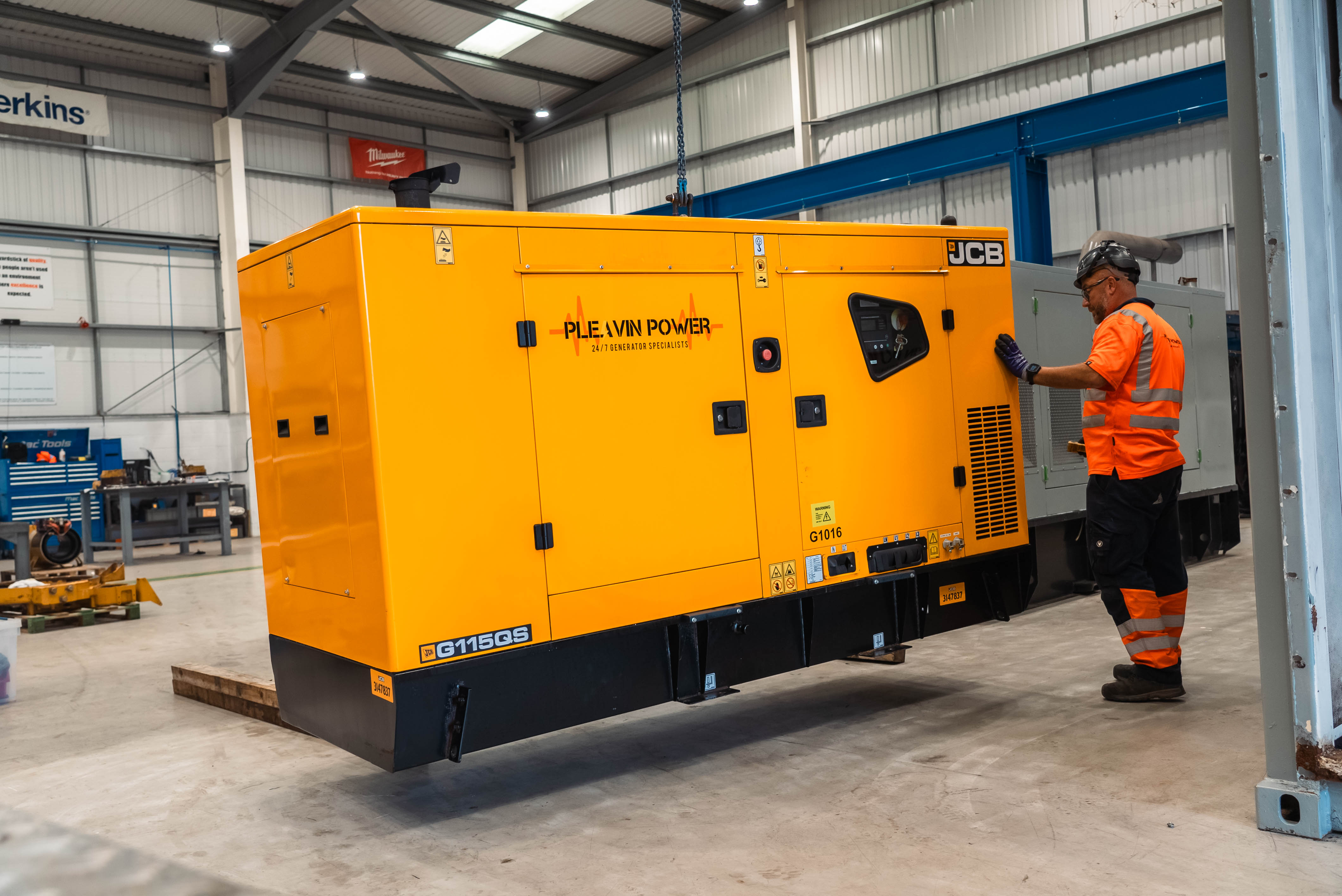
Power Quality Checks and Site Surveys
Once the generator arrives at its new location, it’s going to need installing. This can take more time than you think.
A smooth relocation includes proper setup and testing to ensure your generator operates at peak performance from the moment it’s recommissioned.
Pre-Move Load Assessments
Before the move, conduct a load assessment to understand how much power the generator is currently supplying. This helps determine whether the generator will be adequate for the new location’s power demands. It’s also useful for identifying if any upgrades are needed, either to the generator itself or to the electrical infrastructure at the new site.
Knowing the existing load will also help your engineers to configure the temporary power setup more accurately during the transition.
Testing at the New Location
Once installed, the generator should be thoroughly tested before being put back into service.
This should includes:
- Load testing
- Checking voltage output
- Verifying fuel and exhaust systems
- Ensuring automatic transfer switches are functioning correctly.
It’s essential to verify that the generator complies with noise and emission standards at the new location. This is especially important if it’s being moved into a residential or environmentally sensitive area.
It could be worth commissioning a power quality survey to ensure that your generator is performing at an optimum level in its new location.
Moving a generator is no small task, and generally speaking It’s not recommended to commission the unit yourself unless you have on-site engineers with the relevant skills and experience. Bring in the professionals to make sure that all settings are optimised and any issues are caught and resolved.


